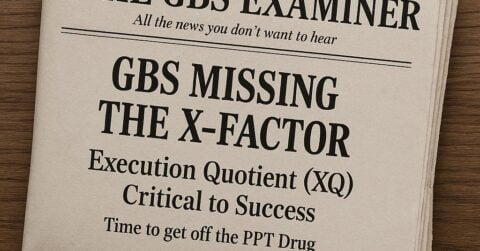
The state of today’s enterprise mobile apps industry is akin to the dark side of a jungle: a dense forest and tangled vegetation, inhabited by hundreds of largely unfamiliar animals and plants that rely on its delicate ecosystem to survive, perhaps to thrive. This is creating frustration among stakeholders including the CIO, CFO, CMO, and CEO, who believe they might have over-invested in mobility initiatives.
However, this is far from the truth. Mobile apps have a long way to go in enterprise. Yet, to avoid the earlier pitfalls, enterprises and technology providers need to be fully aware of the following dangers in the mobile apps jungle:
-
Business process transformation: Few enterprises or technology providers even consider that enforcing mobile access to an existing business process may be a poor idea. Making the end-user consume the same business process albeit through a different, perhaps “cooler,” app is not true mobility. User interest will not last if the business process is itself unsuitable for mobile. At the same time, not all business processes require this change. Enterprises must be selective in changing business processes while undertaking the mobility journey. Consultants, vendors, and others with vested interests will always extol the virtue of business process transformation for mobility, but enterprises should be very wary of this aggressive spiel.
-
Line of business collaboration: In their desire to be the first movers, many line of business managers are creating all kinds of mobile apps with little collaboration with other business units. Given the increasing influence of non-CIO budget centers to approve technology funding, the tried and tested processes of application development are being compromised under a convenient, self-pleasing argument that mobile apps do not require a structured or “traditional” approach.
Will this ad-hoc development blow up in our faces? I think it will. Can we prevent this? Unfortunately not. Business users are happy getting the needed application functionality on mobile devices, yet no one is thinking about the mobile application lifecycle. A long-term technology adoption framework is an unthinkable thought for these budget owners. They do not believe collaboration is their mandate or their responsibility. Their KPIs are linked to business outcomes, not to channelizing or seamlessly introducing mobile technology, and thus they will rarely ever have an incentive to create the needed structure.
-
Cost of mobility: Enterprises and technology providers need to understand that while business agility, flexibility, and access is all good, the cost of these should not outweigh the rewards. Therefore, enterprise mobility should be viewed in its entirety to understand whether the incremental business has come at a greater cost of management and complexity. Yet the existing mechanisms across enterprises, where different unconnected lines of businesses are creating their noodly soups of mobile apps, does not engender great confidence that they will take a view of the broader picture any time soon.
- Mobility governance: It is fashionable these days to ignore any advice from someone who wants to instill structure or a governance model on enterprise mobility. Governance is perceived as “anti-growth” and “uncool.” Given this perception, few technology managers, despite their strong opinions, express any sentiments against the ad-hoc enterprise mobile strategy. This is a recipe for disaster.
So what can enterprises do to quash the mobile apps jungle’s beastly flora and fauna?
- Be selective about changing/transforming the underlying business process while mapping to mobile apps
- Create an environment that incentivizes lines of businesses to collaborate rather than compete in creating the next “cool” mobile app
- Adopt a lifecycle management approach to mobile apps
- Balance the growth objectives with the cost implications of enterprise mobility
- Incorporate an “eagle eye” to govern mobility projects
If you are undertaking an enterprise mobile application initiative and want to share your experiences and perspectives, please comment below or reach out to me directly at [email protected].










